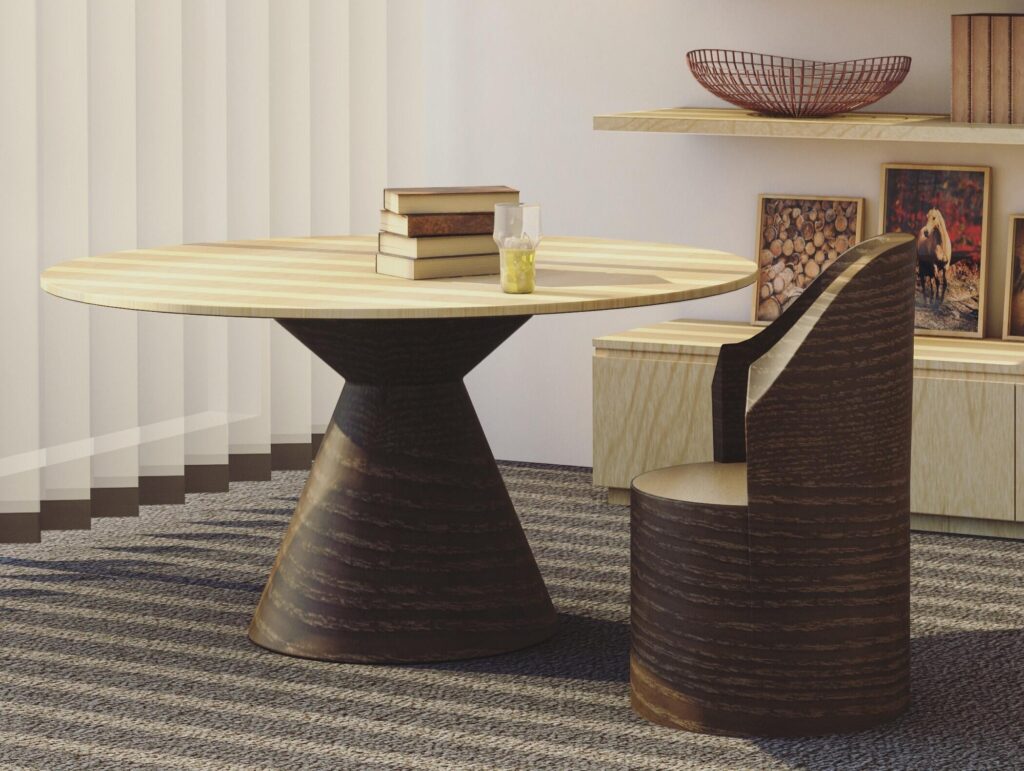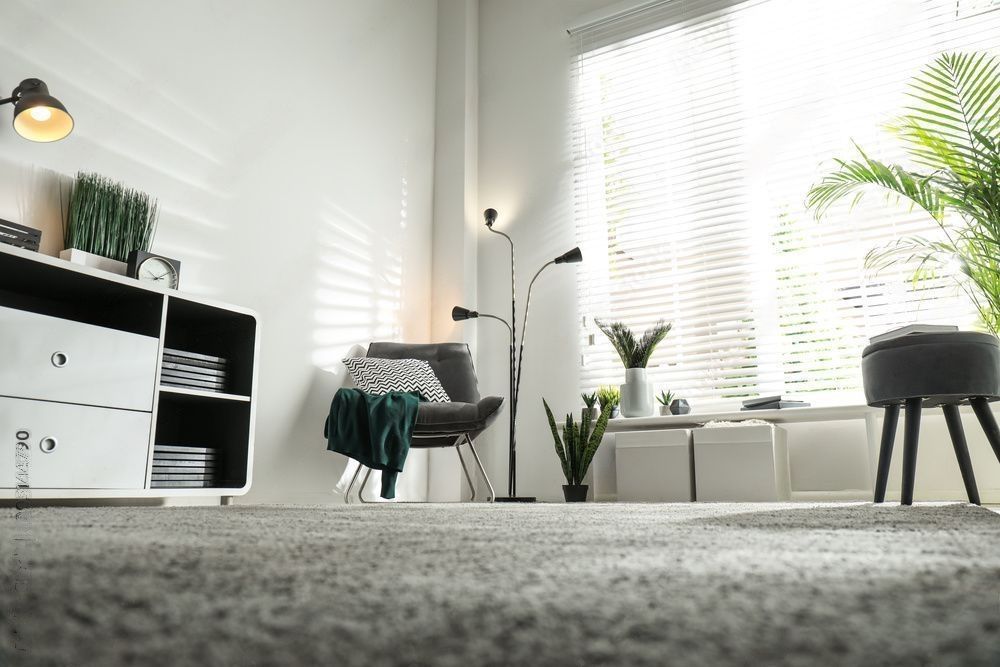
Carpet flooring can completely change a space’s appearance and atmosphere. The carpet is comfortable, soft underfoot, and polished; it remains one of the most popular flooring options. However, figuring out which carpet type is best for your needs and your budget is suitable at times. For instance, should you spend more money on a synthetic material or choose wool, which has been used for generations to manufacture magnificent carpets?
Selection Criteria
There are a lot of elements to consider while buying a carpet, including the carpet’s pattern, substance, and insulating capabilities. Over the years, there has been a lot of discussion over synthetic vs. wool carpets. The type of carpet you select for your home is a matter of personal preference, but you should go through the qualities and advantages of both wool and synthetic carpet. Both have different features, and while choosing between a wool carpet and a synthetic carpet, here are a few things that are worth considering. These will serve as a guide to aid in your decision-making.
Why opt for wool carpet?
Wool carpets have always been the industry standard. A natural, delicate, and long-lasting carpet material is wool fiber. Wool is one of the most popular rug materials used to make comfy flooring.

Benefits
Long lasting – Wool is strong and incredibly long-lasting, and it’s also simple to maintain because it traps dirt deep inside the carpet layer, making it simple to vacuum up.
Ecofriendly – Wool is an environmentally friendly option because it is sustainable and consumes just one-third to one-sixth of the energy needed to produce synthetic carpets.
Fire resistant – Wool has an exceptional level of fire resistance.
Insulating material – Wool is an insulating and biodegradable material, that lowers energy expenditures in your home.
Dust absorbent – Wool is nontoxic and helps to purify the air by absorbing dust and other allergens, making it an excellent choice for allergy sufferers. Collecting moisture from the air also aids in lowering humidity.
Drawbacks
Expensive to install – The expense of wool carpets is a significant drawback. Wool typically costs a lot more than synthetic materials.
Stain resistance –Because wool is so absorbent, stains are likely to occur. It is crucial to remember when choosing wool for kids’ rooms.
Absorbent – If you choose wool carpet, you risk bacterial contamination, but this often only happens in basements and bathrooms, particularly damp environments.
Pests – Carpet moths, might be drawn to wool carpets. They may result in spots, which may require replacing the carpet.
Why opt for synthetic carpet?
Synthetic carpets are made of either nylon or polyester, or wool combination. Synthetic carpets come in various styles, from inexpensive polyester carpets to luxurious solution-dyed nylons.

Benefits
Sustainability – Synthetic carpets may be used for extended periods without losing their original shape. Synthetic carpets are resistant to abrasions.
Stain resistance – Because synthetic carpets absorb less water, they are less likely to stain or grow bacteria readily.
Budget – Synthetic carpets are available in a variety of price ranges to fit any budget.
Fadedness –Due to the color that is permanently put into the fiber, solution-dyed nylon is also exceptionally resistant to fading in sunlight.
- Nylon is the most sustainably produced synthetic material, tough and long-lasting. It has strong resistance properties, good fiber storage to minimize crushing, good stain resistance with treatment, and good color retention.
- Polyester comes in a range of colors and is fade-stain resistant.
- Polypropylene (also known as olefin) is a cheap material that offers excellent stain resistance (apart from oil-based stains) and resistance to fading from sun rays.
Drawbacks
Less tendency – Furniture and foot activity tend to damage and mark polyester carpets.
Less absorbency – Synthetic carpets are less absorbent than natural fibers, which prevents them from regulating or purifying indoor air quality.
Inadequate insulation – Synthetic carpets remain cool in the winter, hot in the summer, and even moist in humid settings.
- Nylon receives special treatment, but it is susceptible to static electricity.
- Polyester is okay in high-traffic areas, but is prone to pilling, scattering, and oil-based staining.
- Polypropylene has weak resilience that can cause smashing. It has a restricted variety of colors due to treatment methods.
Which Is Better? | Wool or Synthetic
You have read all the pros and cons of synthetic and wool carpets. You can decide independently based on your needs and financial situation. In addition to the cost and color, both are excellent choices. When picking between synthetic and wool carpets, a few considerations are involved. But in the end, it all comes down to how you live and what matters to you. It’s essential to pick a fiber that resists dirt and stains and doesn’t crush if it’s in a high-traffic area of your home. Still, your decision will depend on several elements, including your individual opinions, your budget, and the way your family lives. However, such traits are not crucial if you’re placing carpet in your bedroom, where you’ll probably be walking about in a pair of slippers or stocking feet.
